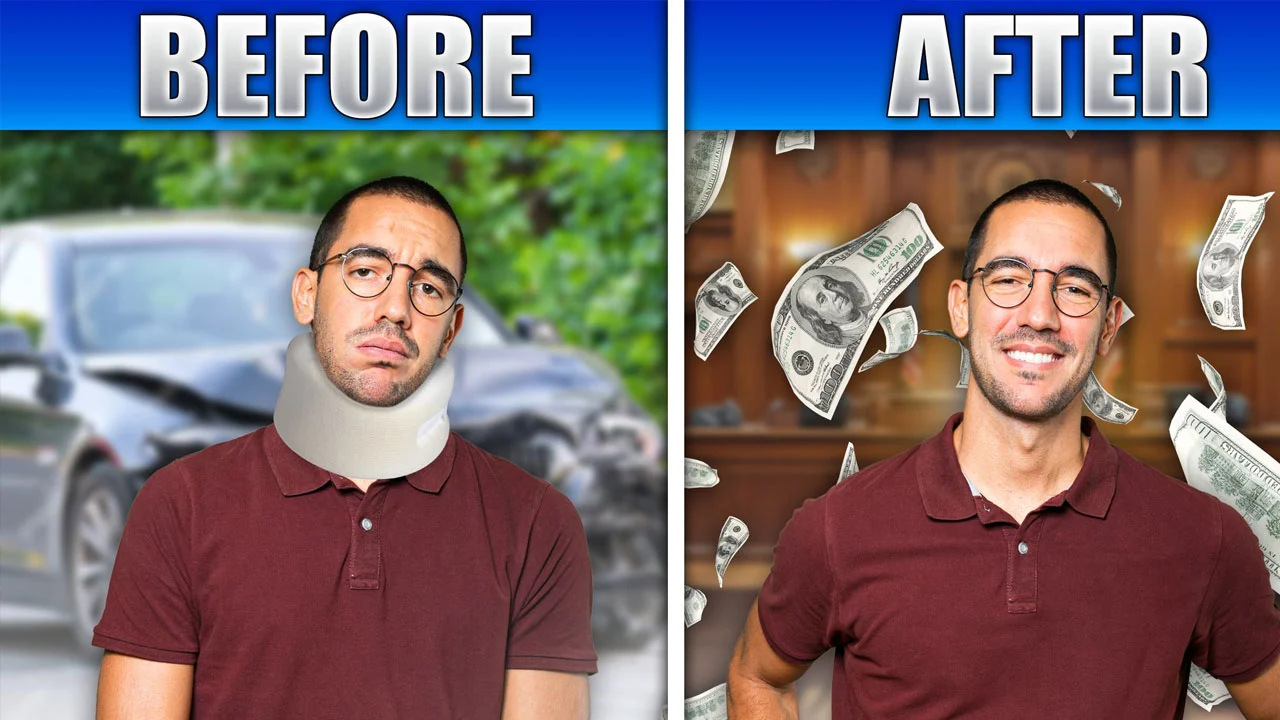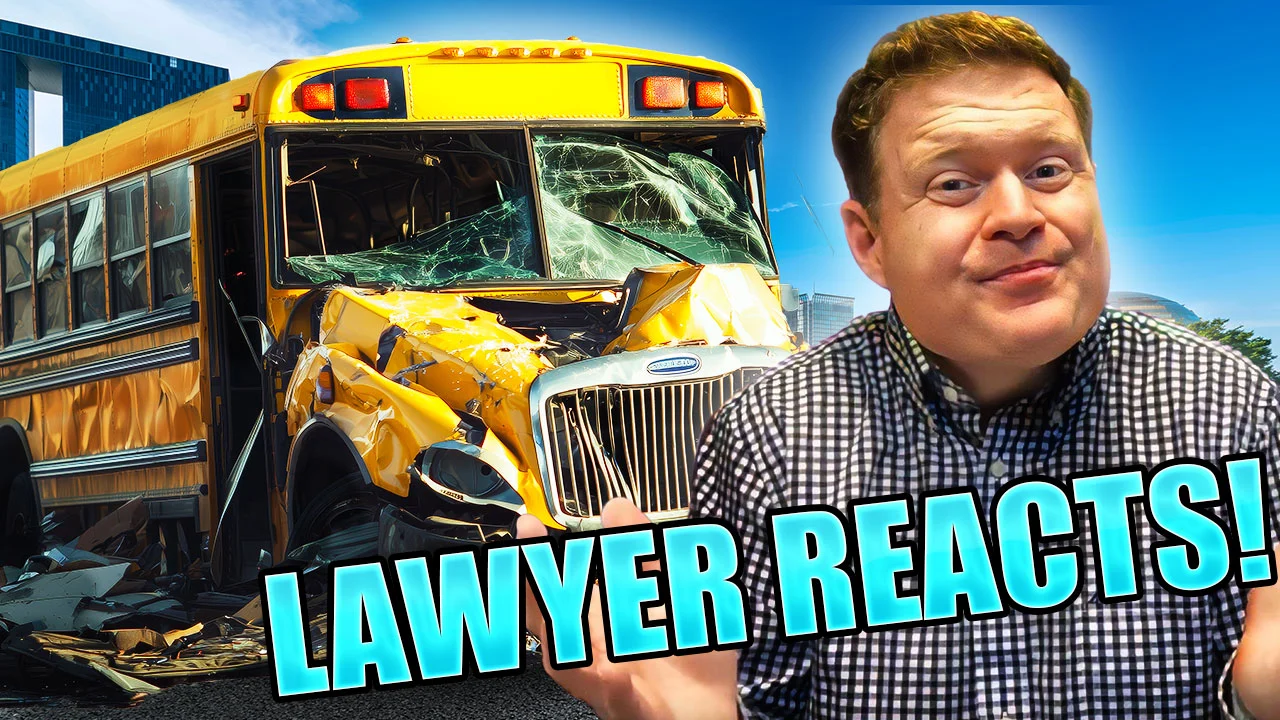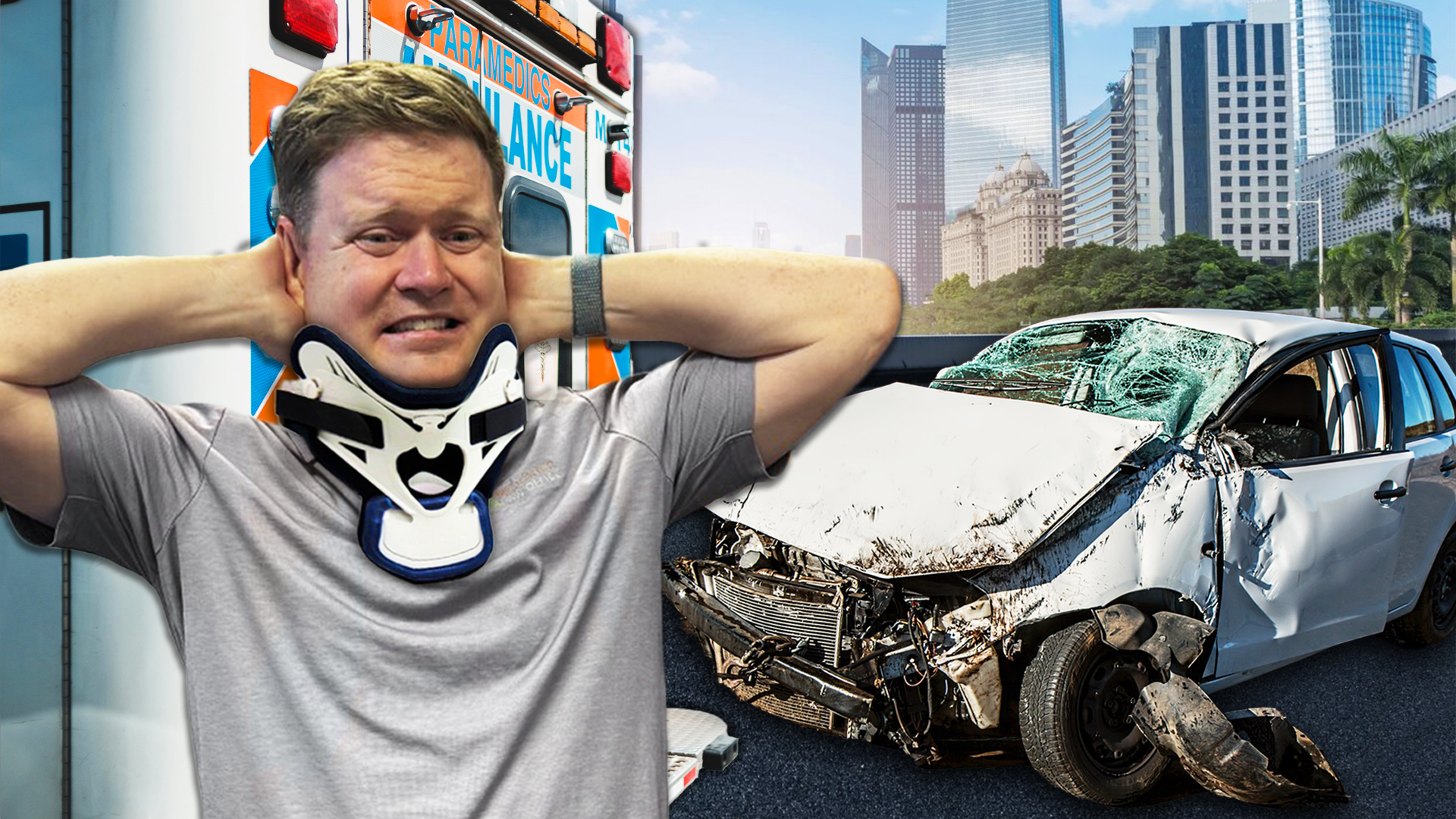Boom! You’re stopped in a vehicle and just got struck in the rear by a distracted driver. Not an experience anyone wants to go through but rear-end car accidents are one of the most common types of automobile accidents. According to the National Highway Traffic Safety Administration, rear-end car accidents account for roughly 31% of all automobile accidents. If you’ve been injured in a rear-end accident, you’re likely hoping to get a big payday for all the damages and pain and suffering you’ve experienced.
Factor 1: Liability
The first factor that impacts the value of a rear-end car accident injury case is liability. Even in rear-end accidents, you must prove liability against the other driver. Most of the time, the fault lies with the driver who struck the vehicle in the rear. However, there can be occasions when the driver that is struck in the rear may have some liability for the accident. For instance, if the driver that is hit in the rear just cuts off the other driver, fault can be apportioned against them in comparative negligence states like Kentucky.
Factor 2: Extent of Injuries and Damages
The second factor is the extent of your injuries and damages. The type and extent of injuries you sustain will have a big impact on the value of your case. Common injuries include neck injuries like whiplash, bulging discs, herniated discs, fractures, concussions, brain injuries, shoulder injuries, and lacerations. The more severe the injury and the more treatment required, the higher the value of your case. You can also claim future damages, including future medical bills, impairment to your ability to earn an income, and future pain and suffering.
Factor 3: Property Damage
The third factor is the extent of the property damage to the vehicles. Insurance companies, attorneys, and juries often look at the amount of property damage to determine the value of your rear-end accident injury claim. While significant property damage can support a higher claim value, it’s important to note that even cases with minimal property damage can still result in significant injury claims.
Factor 4: Insurance Availability
The fourth factor is how much insurance is available to you. The minimum liability insurance required by the state of Kentucky is $25,000 per person and $50,000 per accident. If the at-fault driver has minimal or no insurance, it can limit the amount you can recover. The best way to protect yourself is to purchase as much uninsured and underinsured motorist coverage as you can afford on your automobile policy.
Factor 5: Timing of Settlement
The fifth and final factor is if you settle your injury case too quickly. While it may make sense to settle quickly if the other driver does not have enough insurance to cover your injuries and your claim is worth the policy limits, in many cases, you won’t know the full extent of your injuries or the value of your case shortly after the accident. It’s usually wise to wait until you are done treating or reach maximum medical improvement before starting settlement negotiations.
Conclusion
Knowing how much you can get paid for your rear-end accident case is great, but what do you do when the insurance company makes you a lowball offer? In order to get a fair and reasonable settlement offer in your case, you have to know how to respond to a lowball settlement offer. In the video about to pop up, I’ll tell you four tips on what to do when you get a lowball settlement offer in your case.
Lastly, if you’ve been injured in a car accident in Kentucky, remember: don’t wait, call Tate.








Recent Comments